Inspiration of the Month Natasha Pashkova March 2017
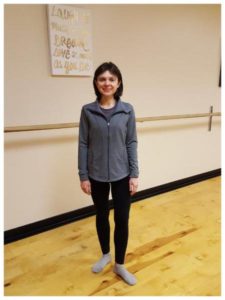 When did you start Pilates and what inspired you to start?
When did you start Pilates and what inspired you to start?
I discovered the Pilates exercise method a long time ago through books and DVDs and began practicing at home. To get better motivation and more consistent Pilates exercises, I started to search for Pilates group classes in the Iowa City area. The Rivercity Pilates website sounded like it was exactly what I was looking for. However, it took me a few months of thinking about joining the studio until my daughter Anna finally suggested trying the complimentary session together last August. Since then, taking classes at the Rivercity Pilates studio has become part of my well-being routine.
How often do you practice Pilates and what type of sessions or classes have you been doing?
I have done various group classes and try to go to the studio at least twice a week. The classes that I’ve attended the most are Pilates Mat, Barre and Pilates Mat Combo, and Restorative Yoga. Taking these classes helped me learn the correct technique of different Pilates exercises, how to control breathing and body movements, gain strength and flexibility, and experience relaxation of the body and mind.
What benefits or improvements have you noticed in your body and life from doing Pilates?
Through regular Pilates practice, my core muscles have become much stronger and my posture has improved. I started to feel less stressed emotionally and more energized physically. Reduced tension in my shoulders and neck has also helped me avoid frequent headaches.
Do you have a favorite exercise or piece of equipment (or both)?
My favorite mat Pilates exercise is probably Rolling Back. Also, the challenge of doing the Teaser makes me feel stronger and more balanced.
What would you say to someone who is thinking about doing Pilates?
Definitely give it a try! Don’t wait too long…just invite your relative or a friend to take a session or a class together to get started. At the Rivercity Pilates studio you can find exercises for any fitness level and the convenience of different class schedules.
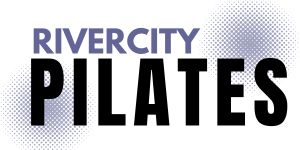
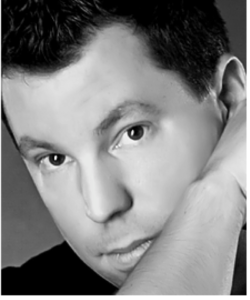 This blog is the 2nd blog by guest blogger and Pilates instructor Trent McEntire of
This blog is the 2nd blog by guest blogger and Pilates instructor Trent McEntire of 

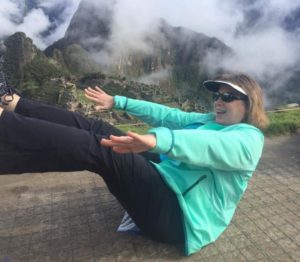 Inspiration of the Month
Inspiration of the Month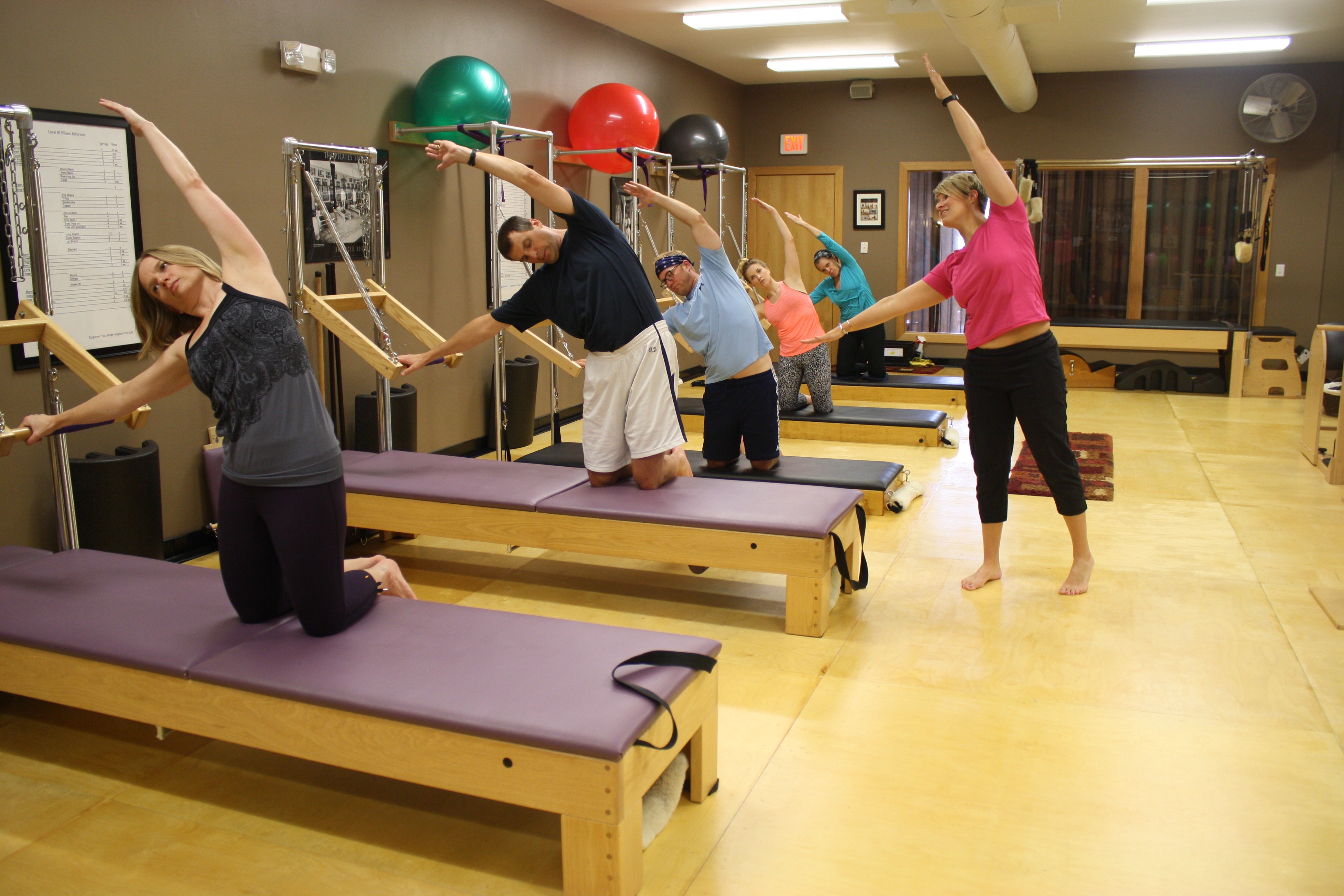
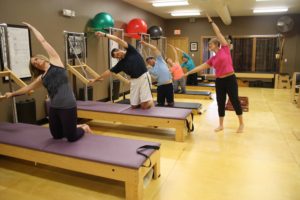 The Pilates Tower classes are some of our most popular classes for good reason. The Pilates Tower classes give you an amazing all over body work out that leaves you feeling stretched, lengthening and more mobile in your spine. The Pilates tower looks like it sounds. It is a metal tower-like structure that has various springs attached to it as well as a wooden bar called the push through bar.
The Pilates Tower classes are some of our most popular classes for good reason. The Pilates Tower classes give you an amazing all over body work out that leaves you feeling stretched, lengthening and more mobile in your spine. The Pilates tower looks like it sounds. It is a metal tower-like structure that has various springs attached to it as well as a wooden bar called the push through bar.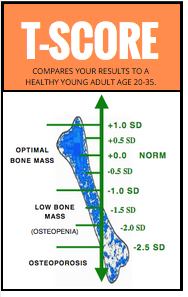 Results of a bone density test provide a T-score, which indicates how your Bone Mass Density (BMD) compares to that of a healthy 20- 35 year-old. By age 30, a person’s bone density is at its peak and should ideally be maintained at this level throughout their life. As BMD decreases from this peak density, the risk of fracture increases.
Results of a bone density test provide a T-score, which indicates how your Bone Mass Density (BMD) compares to that of a healthy 20- 35 year-old. By age 30, a person’s bone density is at its peak and should ideally be maintained at this level throughout their life. As BMD decreases from this peak density, the risk of fracture increases.